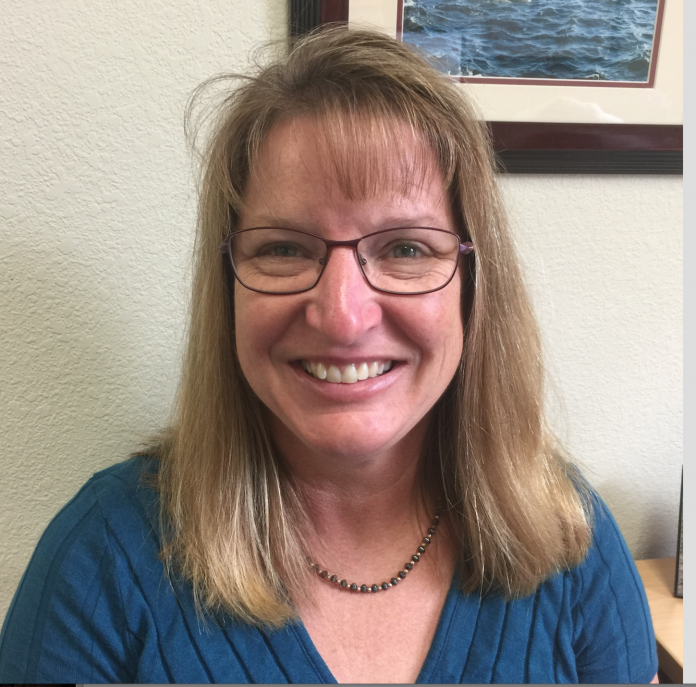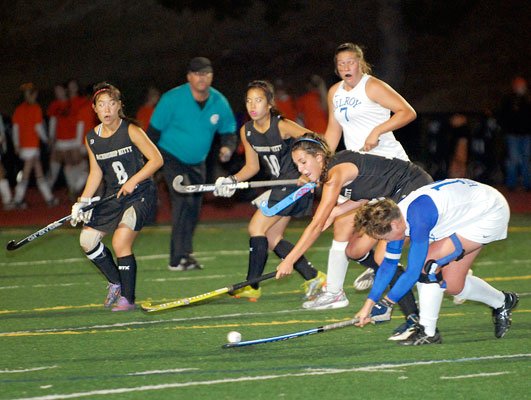Gilroy high schoolers are getting a big dose of help to make their college and career dreams come true—and for some, to start thinking about college at all.
Thanks to a nearly $300,000 grant from the California Department of Education, school officials have begun work on a plan designed to increase the number of students that go to college, in particular disadvantaged students.
Around 1,985 students are specifically targeted for help. That’s slightly more than half of the 3,826 students in grades 9-12 in the Gilroy Unified School District’s regular high school classes. But they are not the only ones who will benefit.
The grant-funded program, “will absolutely [help] our targeted students and give them more resources, but in addition it will help every other [high school] student in Gilroy,” said Deb Padilla, GUSD’s director of educational services, who leads the effort.
“She has extensive background and knowledge in this area,” according to schools superintendent Debbie Flores.
Before taking on her role in Gilroy last year, she served as principal of San Benito High School and for eight years held that position at Sobrato High School in Morgan Hill.
The undertaking that Padilla and her colleagues are embarking on is called the College Readiness Block Grant program.
It was created in the 2015-16 state budget as part of the transition to increased local control of school funding.
The approach has seen the removal of “earmarked” education funds from the budget process and the awarding of grants to local school districts, according to Padilla.
The department of education released the college readiness grant of $296,848 to GUSD in early October. It is one of three grants GUSD has received under the new system totalling more than $1.6 million.
Another is the Educator Effectiveness grant—$845,000 over three years to improve teacher classroom effectiveness and geared mostly to early career and special education teachers.
The third is a Career Technical Education Incentive Grant of $500,000 over three years. It helps teachers and their students who plan to go right into careers after high school. The grant will fund professional development for teachers, career-related field trips for students and expensive equipment for career areas GUSD offers at the high school level, such as biomedical sciences, culinary arts and metal and woodworking.
As for the college readiness program, it’s designed to “better prepare low income, English learners and foster students for admission into a post-secondary institution, with the intent to increase the four-year college going rates of these students,” according to the district’s program description.
Under the terms of the grant, the district is to “develop a plan describing how funds will increase or improve services for … pupils to ensure college readiness and include information on how it aligns with the … local control and accountability plan,” according to the description.
GUSD also must tell the state by Jan. 1 how it will measure the fund’s impact on “access and matriculation to higher education.”
Development of measurement tools is underway locally and at the state level, according to Padilla.
The readiness program’s first professional development day is slated for Oct. 31 and follows extensive exchanges with teachers and counsellors regarding what should be included in the program, she said.
Some elements are known. They include staff professional development; more offerings and support for pupils in Advanced Placement courses; language-appropriate outreach to non-English-speaking families; free PSAT tests for students; training for academic coordinators in how to help special populations such as foster children; counselling on college admissions and financial aid; individual student plans; and collaborative partnerships with colleges.
The grant also will pay $100,000 for consultants to work closely with students and families and provide college workshops geared toward creating what GUSD calls a “college-going mindset.”
Families will get “direct help,” said Padilla, an important aspect particularly for those unfamiliar with the college-bound trajectory.
The ratio of students to counsellors is high in the district’s high schools, and it’s a challenge for students and families to get individualized advice, she said.
With the consultants, “We can do more one-on-one counselling,” Padilla said.
Among the special populations targeted by the grant program are English language learners, low-income families and foster children, all of whom can benefit from people who know the ins and outs of the college admissions path, according to Padilla.
“They need someone else who knows how to manipulate the system,” she said.
Unlike the other state grant programs, CTEIG and Educator Effectiveness, the college readiness funding is a one-time, one-year deal, but Padilla said the money will be stretched and that what the district learns will continue to inform its efforts to help students.
“We are planning to spread it over a couple of years,” Padilla said. “We do not know if will be renewable or not, so we are spreading it out a little so we can assist more students and build capacity within our own system so if the money is gone we will have the training and skills to continue.”















